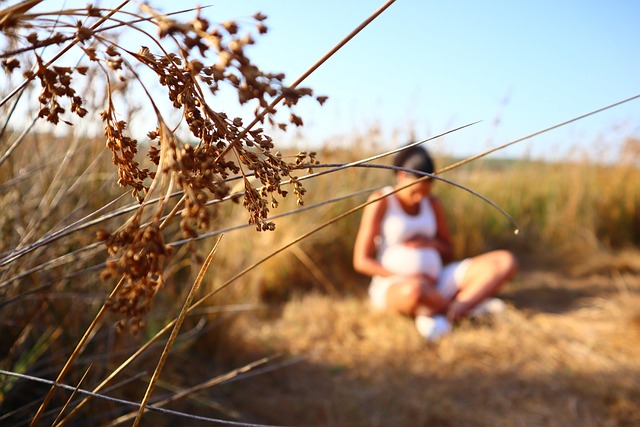Hey there! If you’ve been wondering about the risks of Zika when traveling, especially if you’re thinking about pregnancy, you’re not alone. Many people ask, “Is it safe to travel to Country X?” or “Do we really have to wait three months after coming back from Country X before trying for a baby?”
During the height of the Zika epidemic, it was a bit easier to navigate these concerns since there was a lot of collaboration among governments and health organizations to track and report cases. Now, while the number of reported cases has dropped significantly, some places still experience occasional low-level transmission. This makes it tricky to assess the exact risk in different areas.
Traveling Safely
So what should you do if you’re planning to travel? First off, it’s crucial to dodge mosquito bites, not just to avoid Zika but also to steer clear of other mosquito-borne illnesses. This is especially important for anyone who’s pregnant or planning to conceive, along with their partners. A smart way to prevent bites while traveling is to use an EPA-registered insect repellent containing one of these active ingredients:
- DEET
- Picaridin (sometimes called KBR 3023)
- IR3535
- Oil of lemon eucalyptus (OLE)
- Para-menthane-diol (PMD)
- 2-undecanone
Don’t forget to wear loose-fitting, long-sleeved clothing, and try to stay in places that are free from mosquitoes—think accommodations with screens or air conditioning.
Check Your Destination
Next, check your destination. Look for current Zika Travel Health Notices from the CDC to see if there’s any active transmission. They offer an interactive Zika map that color-codes areas based on risk level.
- Dark blue areas: Reported past transmission; sporadic cases could still occur.
- Medium blue areas: Have mosquitoes that can spread Zika but haven’t reported any cases.
- Light blue areas: No known Zika-transmitting mosquitoes or reported cases.
Recommendations for Pregnant Travelers
Once you’ve checked the risk levels, it’s also essential to understand the recommendations for pregnant travelers. Depending on your destination, the CDC may suggest avoiding travel altogether, taking precautions to prevent sexual transmission of the virus, or delaying pregnancy if you plan to conceive soon after your trip. This means using condoms or dental dams, and it’s recommended that biological females wait 2 months and biological males wait 3 months after returning before trying to conceive.
If you’re looking at areas with a Zika Travel Health Notice, here’s a quick rundown:
- If you’re pregnant, steer clear of those areas.
- If your partner is pregnant and travel is necessary, prioritize bite prevention and sexual transmission measures.
- If you or your partner are planning to conceive and choose to visit these areas, follow those same precautions and consider delaying pregnancy.
For regions with reported transmissions (the dark blue zones), the same rules apply—protect yourself from mosquito bites and consider postponing conception if you’re worried about Zika.
Consult Your Healthcare Provider
Lastly, don’t hesitate to check in with your healthcare provider for personalized advice based on your travel plans and any concerns you might have. Keeping your health and future plans in mind is crucial. And if you want to dive deeper into related topics, check out this post on understanding the risks of uterine rupture during labor and delivery.
Wishing you safe and fulfilling travels!
Summary
: As you consider travel in a post-Zika epidemic world, it’s essential to be informed about the risks associated with Zika, especially when planning for pregnancy. Use effective mosquito repellents, check travel health notices, and consult with your healthcare provider for tailored advice.

